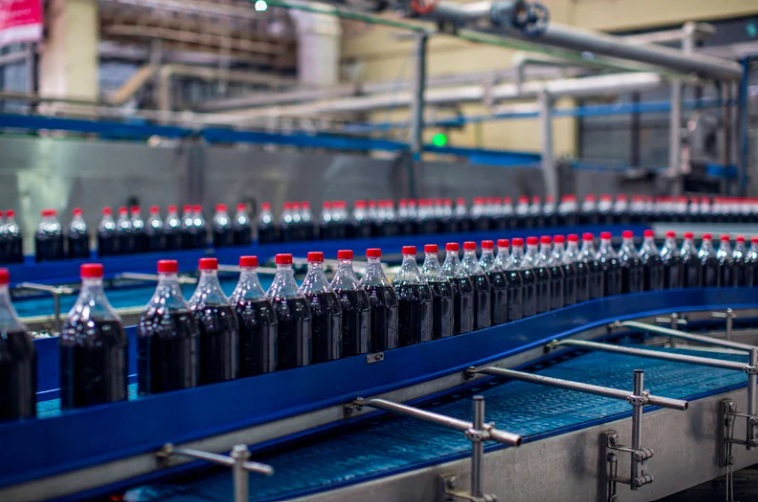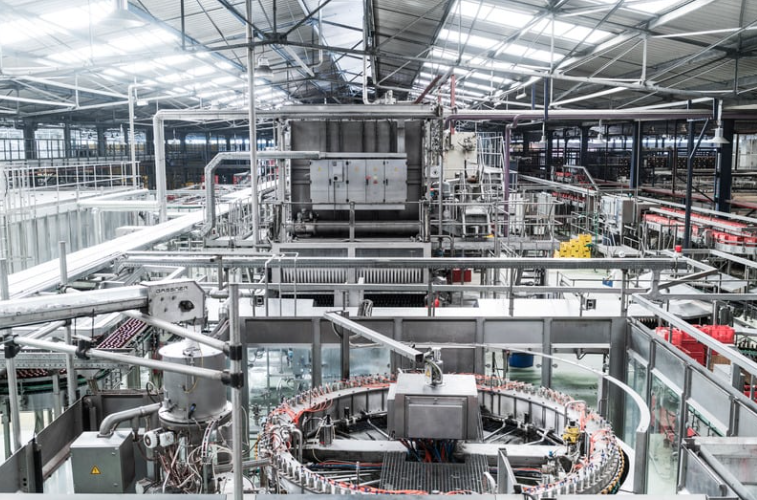Case Study
Understanding & Strengthening Process Safety: A Pilot Plant Case Study in Food & Beverage
Project: Pilot Plant Hazard Review
Industry: Food & Beverage – Chemical Process Development
Location: New York
A new pilot plant was under development to convert carbon dioxide (CO₂) and hydrogen into clean fuels and specialty chemicals. The process involved high temperatures, elevated pressures, and flammable gas hazards that require careful, intentional safety planning.
Before the startup, the engineering team asked an essential question:
“Have we truly identified everything that could go wrong?”
To answer it, they turned to one of the most valuable tools in the process safety toolbox: the Process Hazard Analysis (PHA).

What is a PHA (and Why Should I Care)?
It’s not just good practice—it’s also required by OSHA and EPA for many facilities handling hazardous chemicals.
Why It Matters
- It’s the law: In the U.S., PHA is required under OSHA 1910.119 and EPA’s Risk Management Program.
- It prevents incidents: Real-life failures often trace back to issues that an effective PHA could have caught.
- It improves operations: PHAs don’t just find hazards, they lead to better training, stronger procedures, and smarter investments.
How Does a PHA Work?
-
Assemble the Process Safety Information
Gather and review all up-to-date Process Safety Information (PSI), including P&IDs, PFDs, heat & material balances, plot plan, and more. Quality PSI is the foundation for an effective PHA.
-
Assemble the Team
Bring together experts—engineers, operators, and safety professionals—who understand the system inside and out.
-
Break the System into Nodes
Divide the plant into logical chunks (a tank, a reactor, a pump system). These are your “nodes.”
-
Ask Smart Questions
For each node, the team considers questions like:
What if a valve stays closed?
What if a pump stops working?
What if cooling is lost?
What if human error occurs?
-
Use the Right Tools
Depending on complexity, the team might use:
HAZOP (Hazard and Operability Study) – structured, in-depth;
What-If Analysis – flexible, brainstorming-based analysis;
LOPA (Layer of Protection Analysis) – for determining Safety Integrity Levels; and
Checklists – for less complex, standard scenarios.
-
Review, Rank, and Recommend
If existing safeguards aren’t strong enough, the team suggests solutions—new equipment, alarms, procedures, training, or shutdown systems.
-
Keep It Alive
PHA isn’t a one-time exercise. It’s reviewed every 5 years or sooner if the process changes. It’s a living, breathing document that evolves with the plant.
Our Approach
For every area, the team asked:
- What could go wrong?
- What would happen?
- What protection exists?
- Is that enough?
- If not, what should be done?
In total, 56 actionable safety recommendations were developed.
Key Findings (and Fixes)
Reactors Could Get Too Hot
If too much gas enters the reactor, temperatures could spike dangerously.
- We recommended automated shutdowns and re-evaluated equipment temperature ratings.
Tanks Could Over-Pressurize
Several tanks were at risk of vapor break-through from upstream units.
- We suggested pressure relief valves and verifying pressure design limits.
Valves Could Be Inadvertently Opened
Flammable hydrocarbons could drain and spill to the ground through open valves.
- We advised installing containment and fail-safe valve designs.
Compressors Could Be Damaged
If liquids entered gas compressors, they could fail.
- We proposed alarms, automatic trips, and suction drums.
Startup Procedures Were Incomplete
Operators lacked guidance on how to safely bring the unit online.
- We recommended procedural updates for purging, inerting, and sequencing.

The Impact
- Operate more safely by identifying hidden risks;
- Strengthen defenses with better safeguards;
- Comply with OSHA/EPA regulations; and
- Make informed decisions about where to invest in safety.
The Takeaway
You have to ask the hard questions and do the hard work.
A well-executed PHA does more than protect equipment.
It protects your people, our environment, and your organization’s future.
Related Cognascents Solutions
At Cognascents, we have the expertise to meet your needs. Explore the variety of related services we offer and discover how our tailored approach can support your business.
Our mission is to empower our clients with innovative solutions that enhance process safety, reliability, asset integrity, and technical business acumen. To elevate your engineering solutions, please contact us today.



